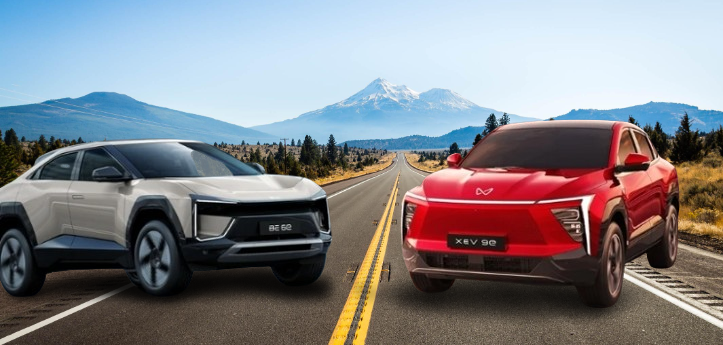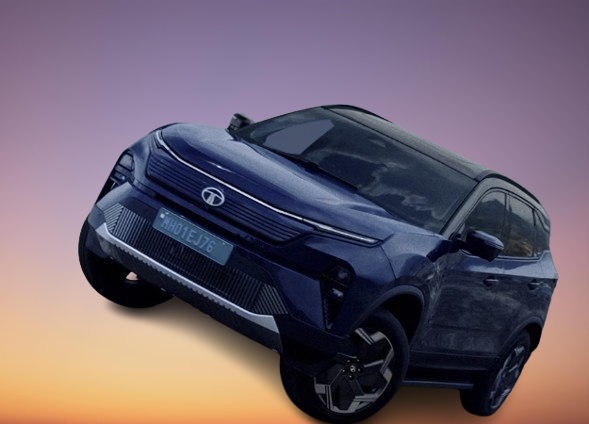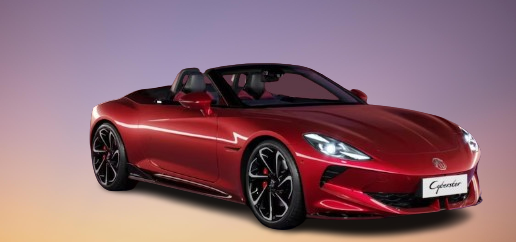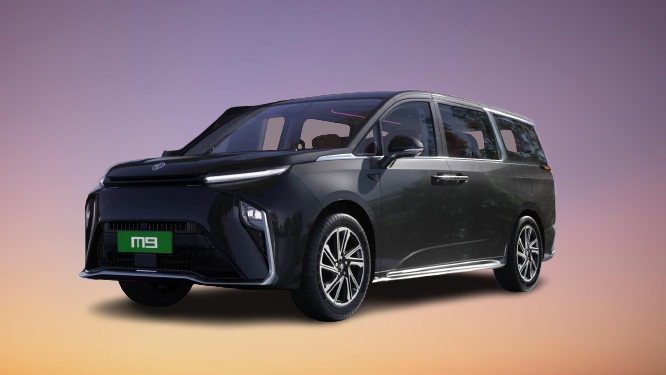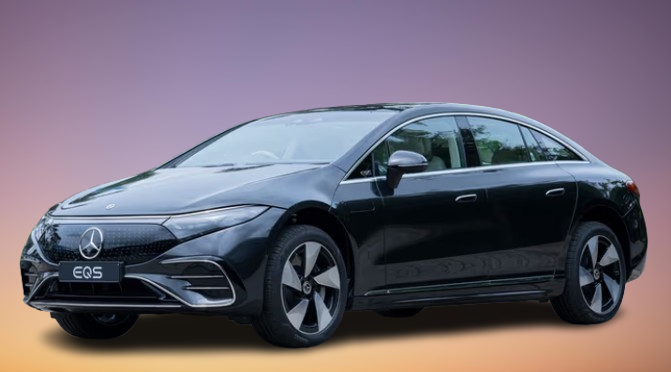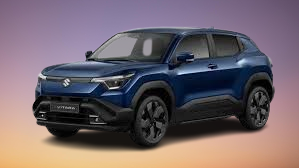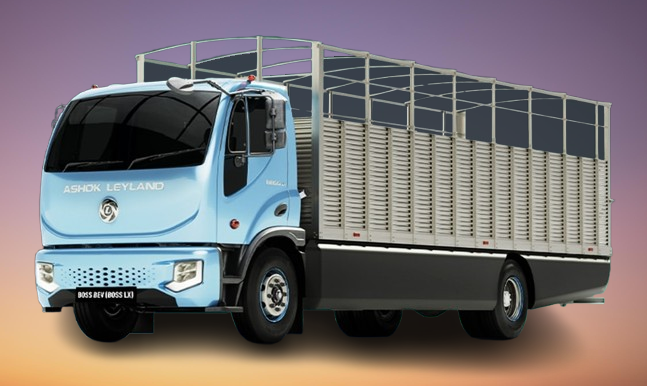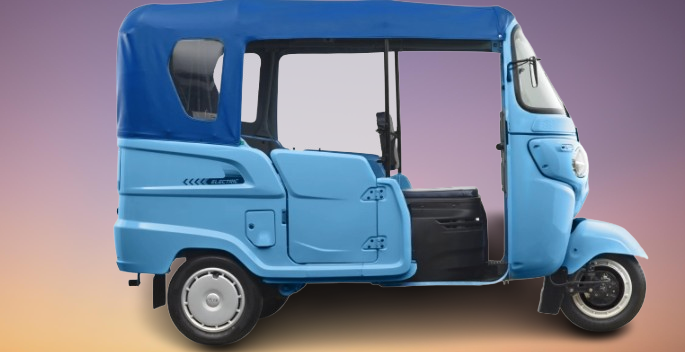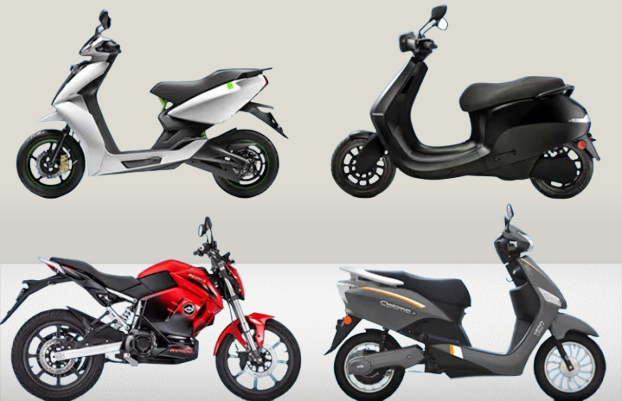New Car Launches and Debuts
- Tata Harrier EV: One of the most anticipated launches of the month, the Tata Harrier EV has been a major headline. Showcased in its production avatar, the all-electric SUV is a flagship model for Tata Motors. It is expected to come with a dual-motor, all-wheel-drive (AWD) setup and a claimed range of over 500 km. The Rear-Wheel Drive (RWD) variants have been launched this month, with the AWD variants set to follow.
- MG Cyberster: The striking MG Cyberster EV sports car is expected to launch in India soon. It was displayed at the Auto Expo 2025 and is generating significant buzz for its scissor doors and powerful dual-motor setup.
- MG M9: MG is also expected to introduce the M9 electric luxury MPV, a rebadged version of the Maxus Mifa 9. This model is poised to be a rival to the Kia Carnival and Toyota Vellfire.
- Mahindra BE.6 and XEV 9e: These two models from Mahindra were launched and have seen a good reception due to their futuristic design. While there have been a few reports of initial breakdowns, Mahindra has been quick to address them.
- Mercedes-Benz EQS 580 4Matic “Celebration Edition”: Catering to the luxury segment, Mercedes-Benz launched a limited-production “Celebration Edition” of its EQS 580 4Matic sedan.
- Upcoming Launches: Other models on the horizon include the Kia Carens Clavis EV, BMW iX 2025, and models from VinFast like the VF6 and VF7. Maruti Suzuki’s e Vitara is also expected to be a strong contender in the SUV segment.
Policy and Government Initiatives
- New EV Manufacturing Policy Portal: The Ministry of Heavy Industries (MHI) has officially launched the application portal for the “Scheme to Promote Manufacturing of Electric Passenger Cars in India (SPMEPCI).” This policy aims to attract global EV giants to invest in local manufacturing by offering a reduced customs duty of 15% on imported cars (priced at $35,000 or more) for five years. To qualify, manufacturers must commit to a minimum investment of ₹4,150 crore (~$500 million) and achieve domestic value addition targets.
- Focus on ‘Make in India’: This policy reinforces the government’s commitment to the ‘Make in India’ and ‘Aatmanirbhar Bharat’ initiatives, aiming to establish India as a global hub for automotive manufacturing and innovation.
Battery Technology and Infrastructure
- Battery Leasing and BaaS: Innovative financing models like “Battery as a Service” (BaaS) are gaining traction to lower the upfront cost of EVs for consumers and fleet operators. These models separate the battery cost from the vehicle price, making EVs more accessible and addressing concerns about battery degradation.
- Cell-to-Pack (CTP) Technology: CTP battery technology is emerging as a game-changer, especially for two- and three-wheelers. By directly placing cells into the battery pack, it improves energy density, reduces weight, and lowers production costs.
- Silicon Battery Materials: In global news, chemical companies like BASF and Group14 Technologies have developed a commercial silicon battery solution that can be “dropped in” to existing manufacturing processes. This technology shows promise for faster charging and higher energy density.
- Second-Life Batteries: The market for second-life EV batteries is seeing explosive growth. Repurposing used EV batteries for stationary energy storage is gaining momentum, offering a cost-effective and environmentally friendly solution for grid stabilization and renewable energy integration.
- Battery Swapping: CATL, a major battery manufacturer, is planning to bring its battery swap technology to Europe, a model that has seen success in China with partners like Nio. This technology can reduce battery costs and extend battery lifespan.
